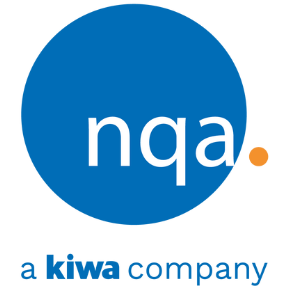Health and Safety Responses that Pay
Three years ago Staffordshire County Council was battling absence rates increasing at 8% a year and the single largest cause of employee illness was musculoskeletal disorders (MSDs). Now, after investing £45,000 a year in preventive training and fast treatment, the council estimates it has saved 9667 working days, worth £700,000.
SECURING BUY-IN FOR IMPROVEMENTS THAT PAY
The authority set up a new system involving immediate notification by line managers to a physiotherapist of any worker off with an MSD. The manager either calls a helpline or emails a referral form and arrangements are made for the employee to receive a call back inside 48 hours.
On the phone, a trained physiotherapist assesses the employee and where possible offers immediate advice on suitable exercises, for example. After the call, the referring manager receives a report detailing the advice and the recommended next steps, if any, which might be a follow-up phone call to establish whether the problem has eased or a face to face consultation is required. If needed the employee will receive up to four physiotherapy sessions. The council now plans to introduce self-referral for employees through an online portal to further speed up interventions
Those who have longstanding MSDs, who had been off sick for more than 21 days or were on restricted duties have been referred to the programme for functional restoration, intensive exercises to build up muscle and pain management advice to help individuals return to as normal a working life as possible.
INNOVATIVE BACK UP PLANS
All the interventions are backed up with a prevention programme, offering revamped training courses on manual handling and related wellbeing topics with the aim of improving employees’ knowledge and awareness and preventing muscle and joint problems. The council has provided 'wellbeing self-service stations', which tour its sites so that employees can check their body mass index and blood pressure; and self-help leaflets, providing basic information and care advice on common health conditions, such as lower back pain.
Staff from the Health, Safety and Wellbeing Service and the outsourced physiotherapy provider have walked the floors of council offices together to identify poor display screen equipment use and other MSD risks.
CONTINUING THE GOOD WORK
Having achieved a 28% drop in MSD-related sickness absence and a high level of employee approval for the interventions, the authority is now planning to pilot a similar programme aimed at supporting employees with stress and mental health problems.
Section (b) in clause 4.2 of OHSAS 18001:2007 ( the globally reconised standard for health and safety management), requires that business health and sfatey management systems include a commitment to prevention of injury and ill health and continual imrpovement in OH&S managgement and OH&S performance.
Please share more safety innovations you aware of that meet the above requirment outlined with OHSAS 18001 by adding to this post.
A longer version of this article appears in Health and Safety at Work, www.healthandsafetyatwork.com
